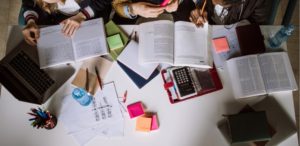
Why Students Cheat—and How We Can Change This Behavior
Academic integrity is one of the most critical aspects of education. Despite this, students’ ability to cheat is still a prevalent concern to educators and academic institutions. Academic cheating will be effectively addressed only with the understanding and reasons that motivate students to indulge in












